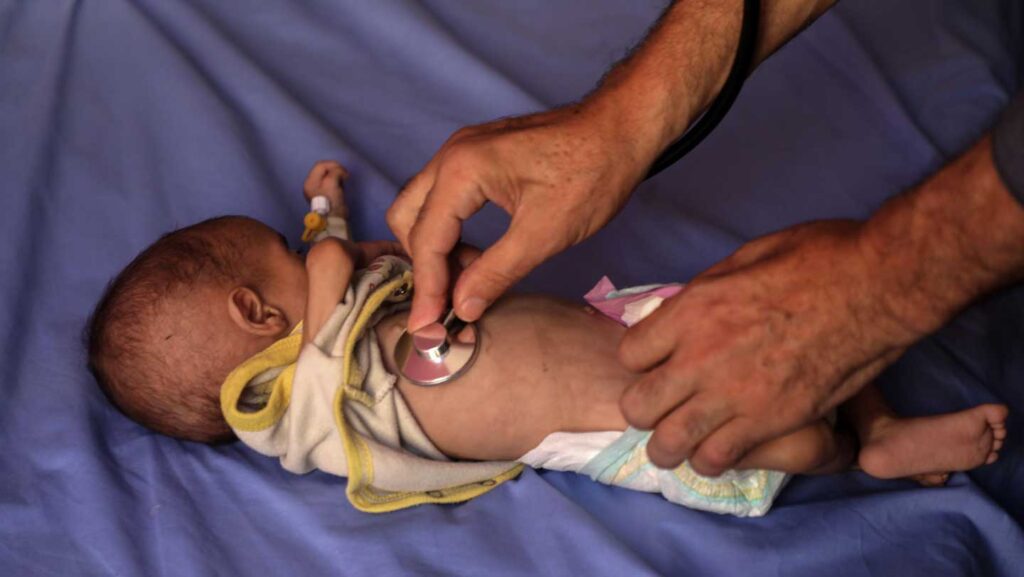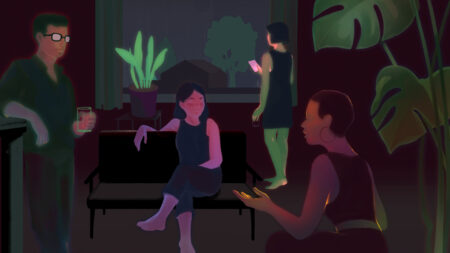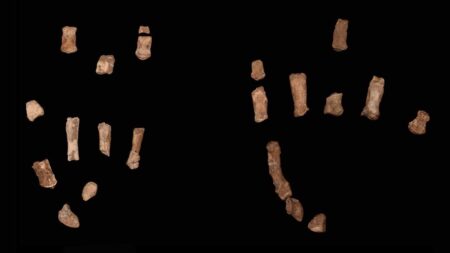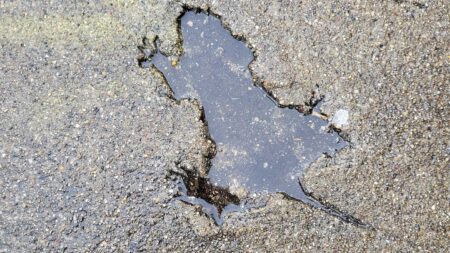Tens of thousands of preschool-aged children in the Gaza Strip haven’t had nearly enough to eat, putting their young lives at grave risk.
A 20-month study of wasting among young children living in the Gaza Strip estimates that, in August this year, more than 54,600 children were acutely malnourished, with nearly 13,000 of them severely malnourished. The percentage of young children with malnutrition fluctuated from January 2024 to August 2025, increasing with war-induced restrictions on humanitarian aid, the United Nations–affiliated study team reports October 8 in the Lancet.
When a body doesn’t have enough energy and protein to sustain itself, it breaks down its own tissues, staring with fat and then turning to muscle. Physiological functions falter, including that of the immune system, leaving the body more vulnerable to infections. Malnutrition is life-threatening, and as wasting worsens, the risk of death grows.
One of the ways to screen for malnutrition is by measuring a child’s arm between the shoulder and elbow. A mid-upper arm circumference between 115 millimeters and just under 125 millimeters defines acute wasting. In severe wasting, the circumference is less than 115 millimeters.
Staff with the U.N. Relief and Works Agency for Palestine Refugees in the Near East took arm measurements monthly at health centers, school shelters and tent encampments across the Gaza Strip. Close to 220,000 children, ages 6 to 59 months, were screened in total, about two-thirds of the estimated 346,000 preschool-aged kids living in Gaza.
The study reports the highest percentage of acute wasting — nearly 16 percent of screened children — in August 2025, after months of severe restrictions on food, water, medicines and fuel. Around 14 percent of screened children suffered from acute malnutrition in January 2025, also following severe aid restrictions.
Treatment for wasting includes nutritionally-rich therapeutic foods. Hospitalization may also be necessary.
Read the full article here














